Sitting on my back deck, I thought I caught the flicker of a lone firefly, and it gave me pause. When I was growing up in my small Indiana town, summer nights were filled with “lightning bugs.” So many would flash at one time, it was almost as if someone was flicking a light switch on and off.
Today, that’s increasingly rare in most parts of the country, and makes seeing a large concentration of insects – or almost any animal – a notable and special occurrence.
The Brood X cicada emergence might be capturing the nation’s attention right now, but there are plenty of other animal emergences that are as awe-inspiring and nearly as massive.
Plus, you don’t have to wait 17 years to witness these five.
-
Leatherback and Loggerhead Sea Turtles, Florida
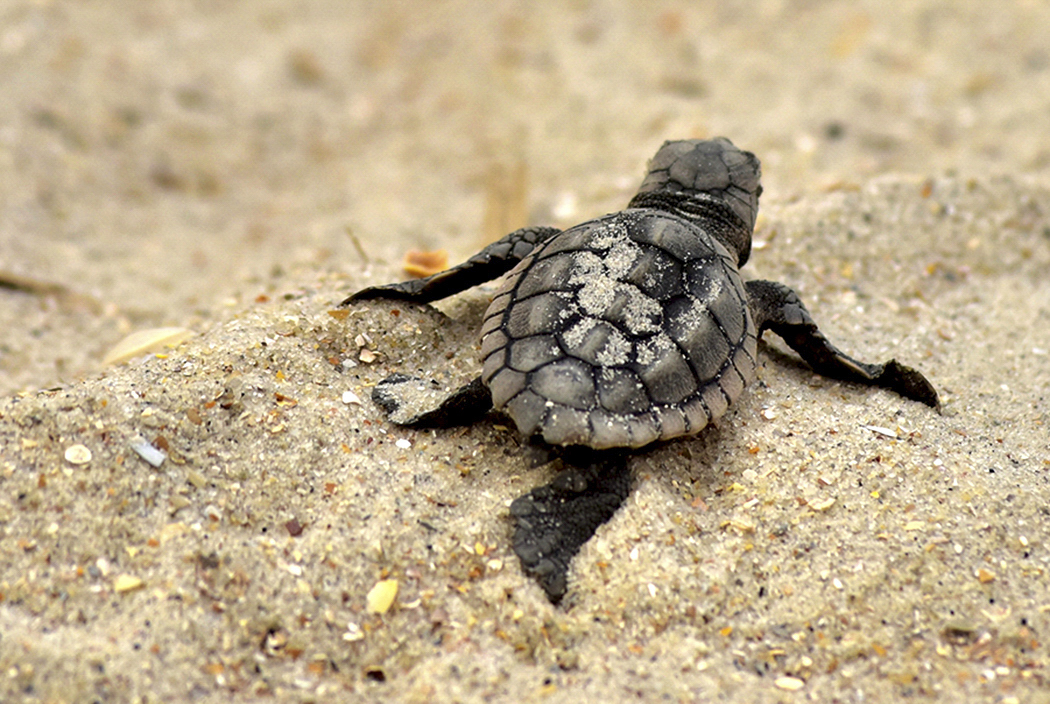
A baby loggerhead turtle crawls towards the ocean. © Kathleen Greeson Sea turtles typically nest along Florida beaches beginning in May, with the season lasting under October. Female turtles come ashore mainly at night, digging a hole in the sand and laying more than 100 eggs, before heading back to sea. About 45 days later, those eggs begin to hatch and the baby turtles begin their all-too-adorable march to the ocean.
At least that’s what happens in a perfect world. Modern civilization has unwittingly created multiple obstacles for the tiny turtles, like trash or sandcastles blocking their path artificial light that disorients them and often sends them in the wrong direction.
Even the successful babies have the deck stacked against them; it’s estimated that only one in 1,000 hatchlings will reach adulthood.
How you can witness it: “The likelihood of a visitor coming across a sea-turtle hatchling on Juno Beach is fairly strong, as it’s one of the most densely nested sea-turtle beaches in the world,” says Loggerhead Marinelife Center’s Lauren Eissey. “However, that’s not to be confused with the likelihood of seeing a hatchling (actually emerging). Hatchling emergences are very unpredictable to the point where some of our own marine biologists have yet to see one in person.”
The Loggerhead Marinelife Center, Miami-Dade County Sea Turtle Conservation Program, and other sea-turtle rescues often allow visitors to assist with releasing rescued baby turtles into the ocean.
-
Red-sided Garter Snakes, Manitoba, Canada
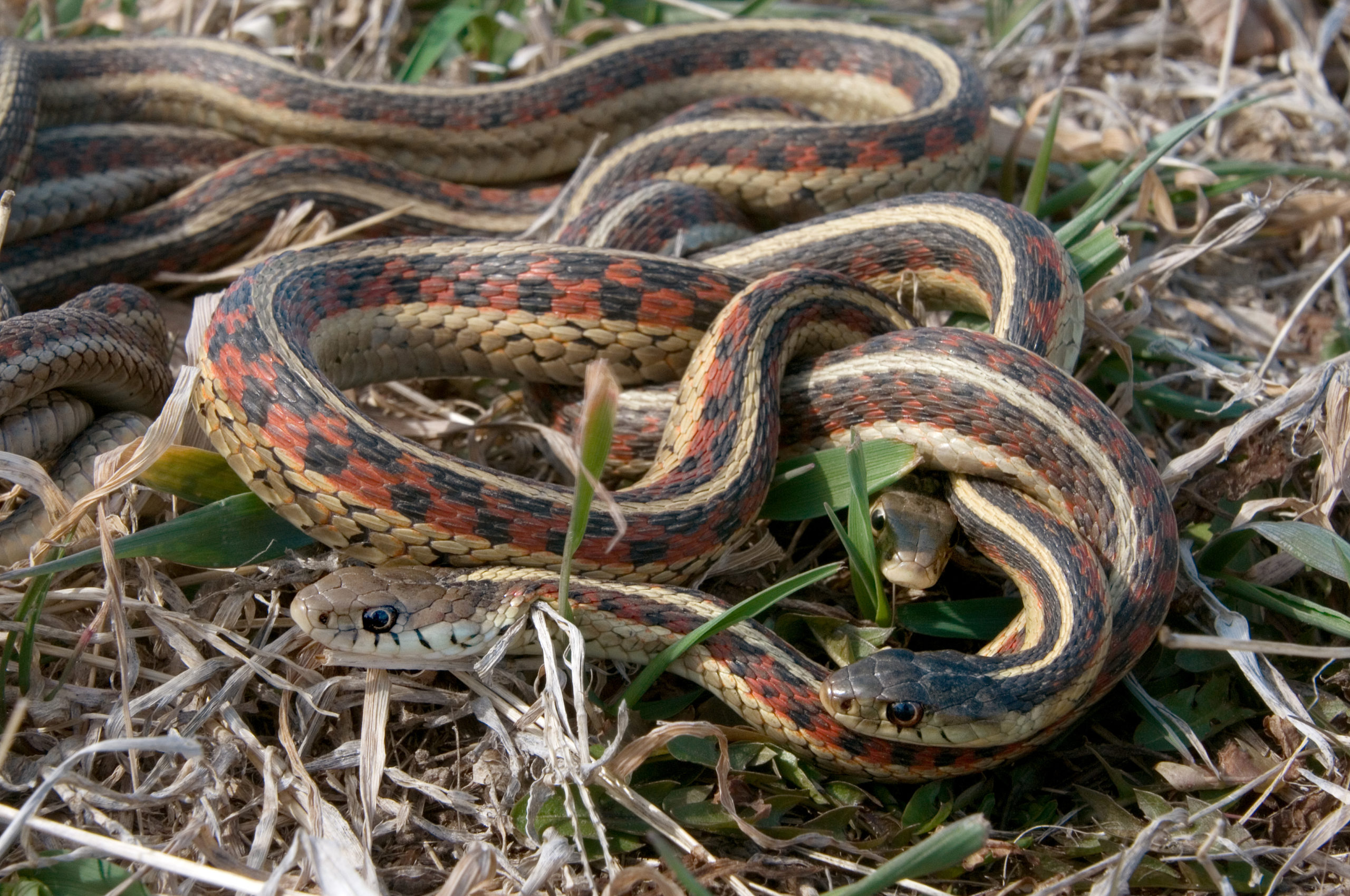
Red-sided garter snakes in a mating ball along the Central Platte River. © Chis Helzer/TNC Remember that scene from Raiders of the Lost Ark where thousands of snakes slithering along the ground resembled a moving carpet? Located an hour from Winnipeg, Narcisse Snake Dens would be Indiana Jones’ worst nightmare.
Each May, says biologist Douglas R. Collicutt, tens of thousands of red-sided garter snakes emerge from their winter hibernation to mate and feed.
How you can witness it: Try to time your visit for late morning or early afternoon on a sunny day to see the snakes are at their most active.
Visitors can gently pick up a snake to more closely examine it, but beware they can bite – they’re not poisonous and their teeth likely won’t penetrate your skin – and if that fails, they fall back on their last line of defense. They’ll get you with a foul-smelling musk.
-
Mayflies, Upper Mississippi
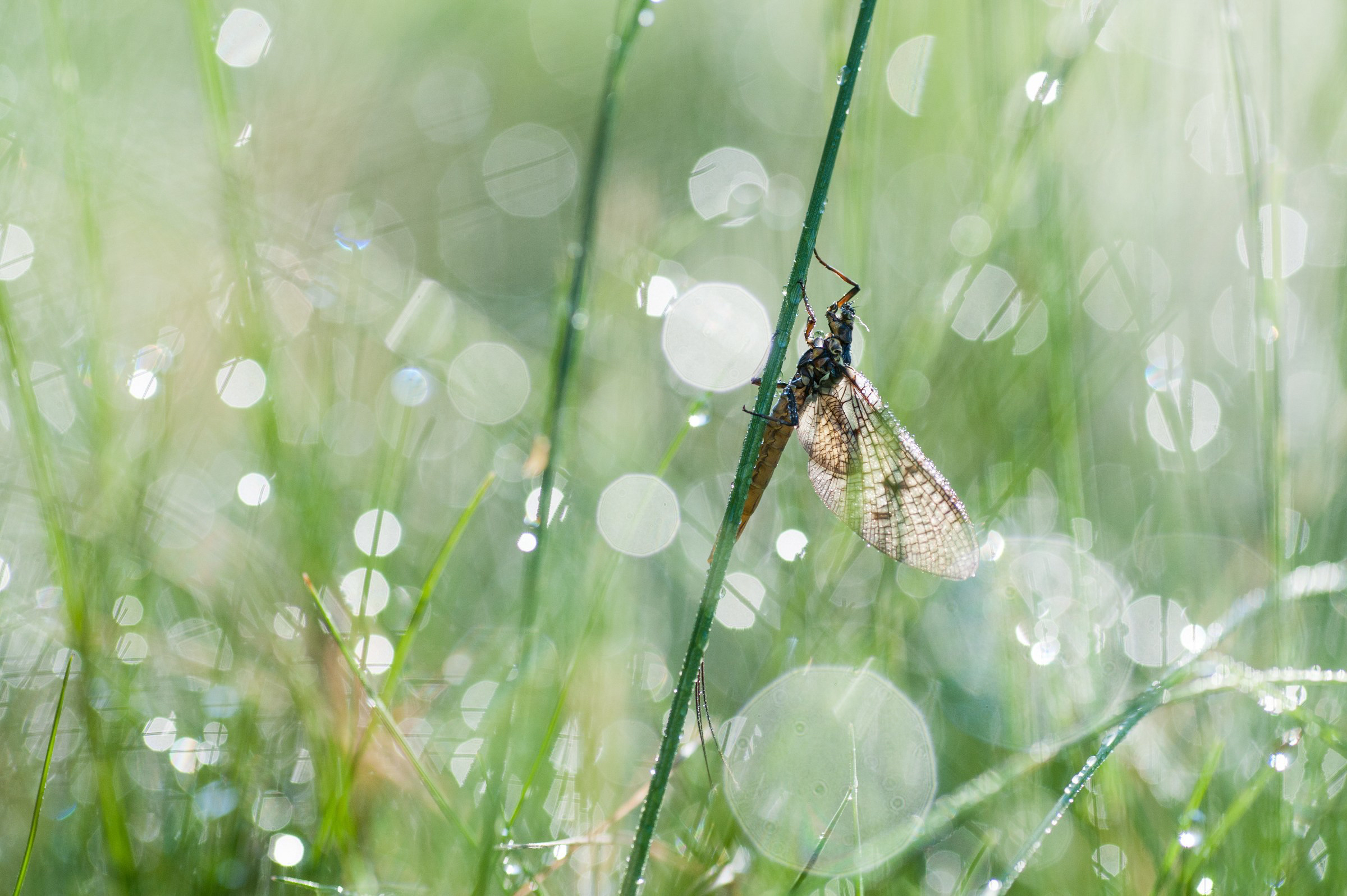
A mayfly in the early morning light, covered by dew. © Cristina Luchian /TNC Photo Contest 2019 Many parts of the United States country have huge mayfly hatchings annually, typically beginning in May (it’s called the mayfly for a reason). These hatches are celebrated by fly fishers but are spectacular for any naturalist. And few places have as massive an emergence as the Upper Mississippi.
Some years, the swarm is so large, it actually shows up on weather radar. As the mayflies mate and their life cycle ends (typically after only a few days), their bodies become a favorite snack for fish and other animals higher up in the food chain. Many cities have to use street sweepers or even snow plows to get rid of the remaining carcasses.
There are still large populations of mayflies, particularly near the Mississippi River and the Great Lakes, but alarmingly the swarms are significantly smaller than they were, due in part to increased pesticide use and declining water quality.
“Insects in America have declined greatly in the last 100 years,” says insect expert Riley Rackliffe from Purdue University, “but the change is slow and gradual it’s hard for human memory to notice.”
How you can witness it: Hightail it to most towns near the Upper Mississippi as the hatching begins, and you’ll see the millions of mayflies covering nearly every surface within eyeshot.
“The cool part about witnessing a swarm in person is realizing how coordinated the mayflies can be,” Rackliffe says. “As larvae in the water they can live for months or even years growing and preparing. If they emerge at the wrong time, they might miss the opportunity to mate with the other mayflies. So getting the timing right is impressive. Many mayflies species use lunar cycles to coordinate emergence, emerging the night of the full moon or perhaps a few nights after depending on species. There is something beautiful about that striving for life and the many things that must go right for mayflies to survive.”
-
Slimy Salamander, Stinkpot Turtle, and Various Other Reptiles and Amphibians, Illinois’ “Snake Road”
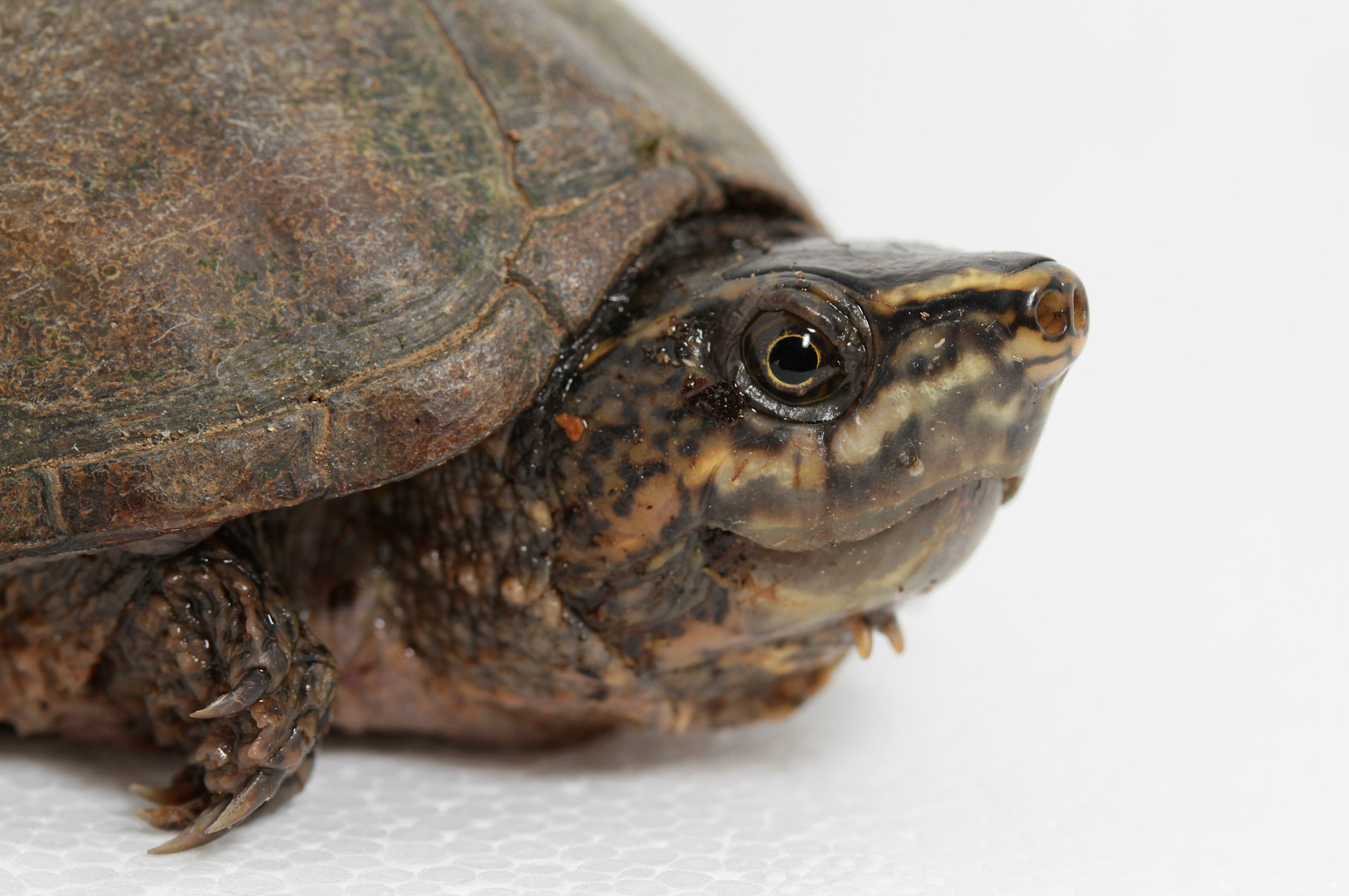
Eastern musk turtle or stinkpot. © cotinis / Flickr For 60 days each spring, Service Road 345 in Southern Illinois’ Shawnee National Forest becomes Snake Road. The 2.5-mile gravel road separates local reptiles’ two habitats: One side is composed of dry, rocky bluffs and higher elevations, while the western side is wetlands.
Snakes generally winter in dens and crevices throughout the bluffs, and when the temperature begins to rise, they slither off for their LaRue Swamp summer home, where they’ll find lots of prey and warm sun.
How you can witness it: Anyone can hike Snake Road free of charge.
“For snake enthusiasts and those who appreciate the natural world, (this migration) is special,” says Daniel Grigson, executive director of The Sprout Experience. “In a normal location at a normal time, a walk down a forest road may produce one or two snakes, sometimes none at all. During the migration, an average walk can produce 10 or more, and on a good day, you can see 50-plus snakes (or other reptiles). On a recent visit, one walk down the road produced six different snake species in two hours.”
Unauthorized handling or collecting the snakes and reptiles, many of which are threatened or endangered, is illegal, but if you’re anxious to get hands-on, the Sprout Experience uses youth volunteers to complete educational and research projects alongside the National Park Service, Grigson says.
If you miss the spring migration, don’t worry; the Forest Service closes the road from September to October also, as the reptiles mosey their way back to their winter dens.
-
Fireflies, Great Smoky Mountains National Park
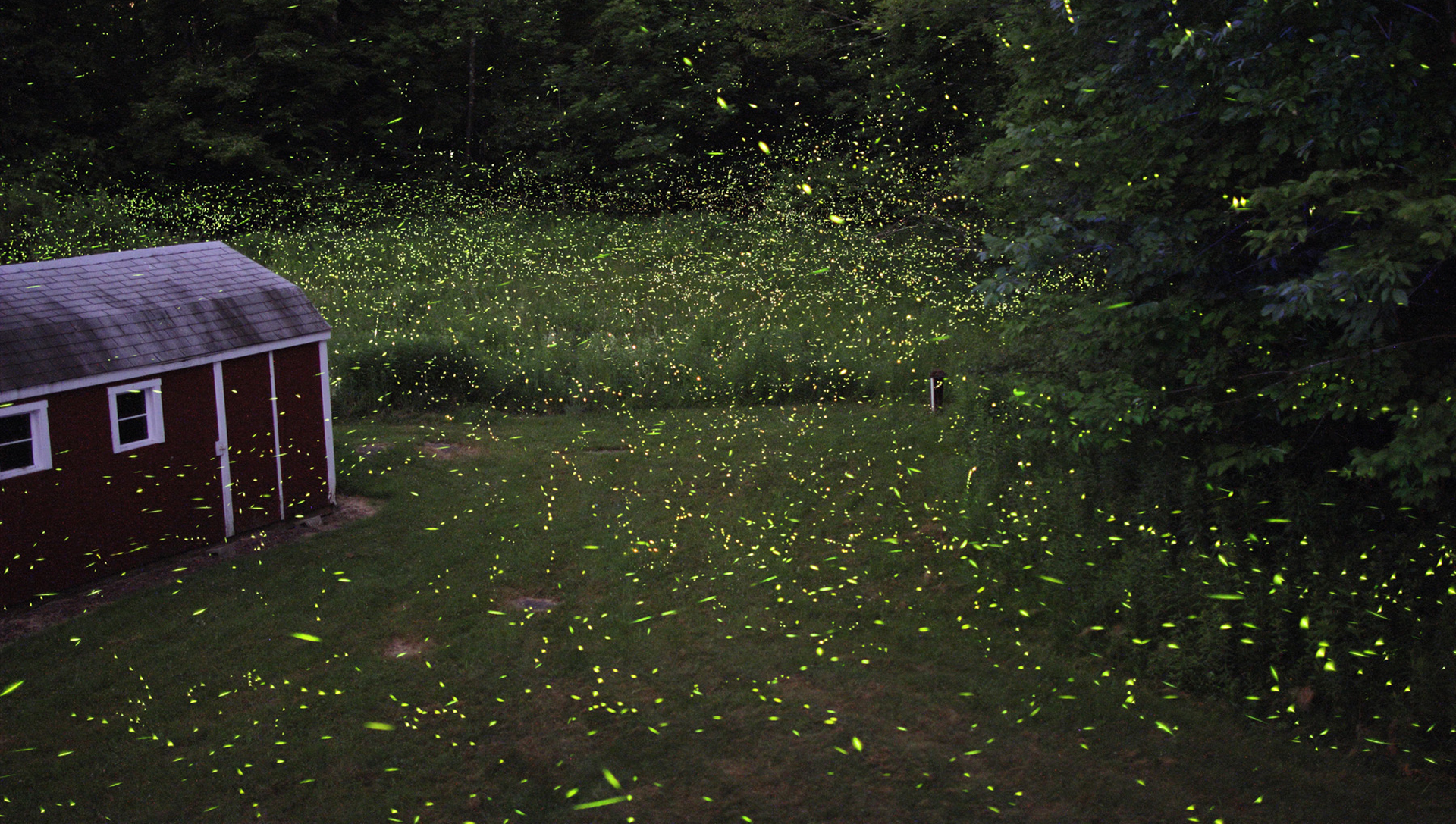
Fireflies in the Catskills. © s58y / Flickr Each spring, large groups of synchronous fireflies emerge en mass throughout the southern Appalachian region for several weeks, lighting up the night sky almost in unison.
“It’s all about mating,” says Lynn Frierson Faust, an independent researcher and author of the book Fireflies, Glow-worms, and Lightning Bugs. “The males are flying around giving a specific flash hoping a female won’t answer them. Lightning bugs’ adult lives are very short – 10 days to three weeks, maximum. They’re in a hurry to find a mate, lay eggs, and get that next generation in the ground.”
How you can witness it: Perhaps the most well known spot to see the fireflies’ symphony of synchronous light is in Great Smoky Mountains National Park. It’s so well known that the National Park Service actually held a lottery this year, limiting the number of cars allowed in the Elkmont area between June 1 and 8.
Visitors lucky enough to snag a parking pass are asked to arrive before 8:15 pm and not to use a standard flashlight or their vehicle’s interior or exterior lighting, which could impact the lightning bugs’ flashing. (Low-powered red-light headlamps are permitted.)
These are just a few of the natural spectacles happening around North America. But you don’t have to travel. Chances are, birds are migrating overhead, insects are hatching at the local park and fish are spawning in your neighborhood pond. Spectacular natural events are all around us. Let us know your favorites in the comments.
While roaming the backroads of America in his camper van, award-winning outdoor journalist Robert Annis also writes for Hemispheres, Lonely Planet, Togo RV, Adventure Journal, and others.




The mayfly segment mentions that ‘ Many cities have to use street sweepers… ‘ it’s unfortunate then that it didn’t also mention that roading authorities choice of surface material can influence whether or not mayflies see roads as rivers. I read an American ecology journal article about this some years ago and a species of mayfly restricted to some minor tributary of a bigger river. Their population crashed when a new road was put in and they then preferred the road for egg laying over the river.
Nice article but one problem I see a lot in articles (maybe due to some form of Spellcheck?)–the opposite of your intended word appears.
Specifically: “The males are flying around giving a specific flash hoping a female won’t answer them. ” I’m sure you meant “will” instead of “won’t”.
Firefly’s. I used to experience the same thin in Ohio 40 some years ago. ?
I miss that a lot.